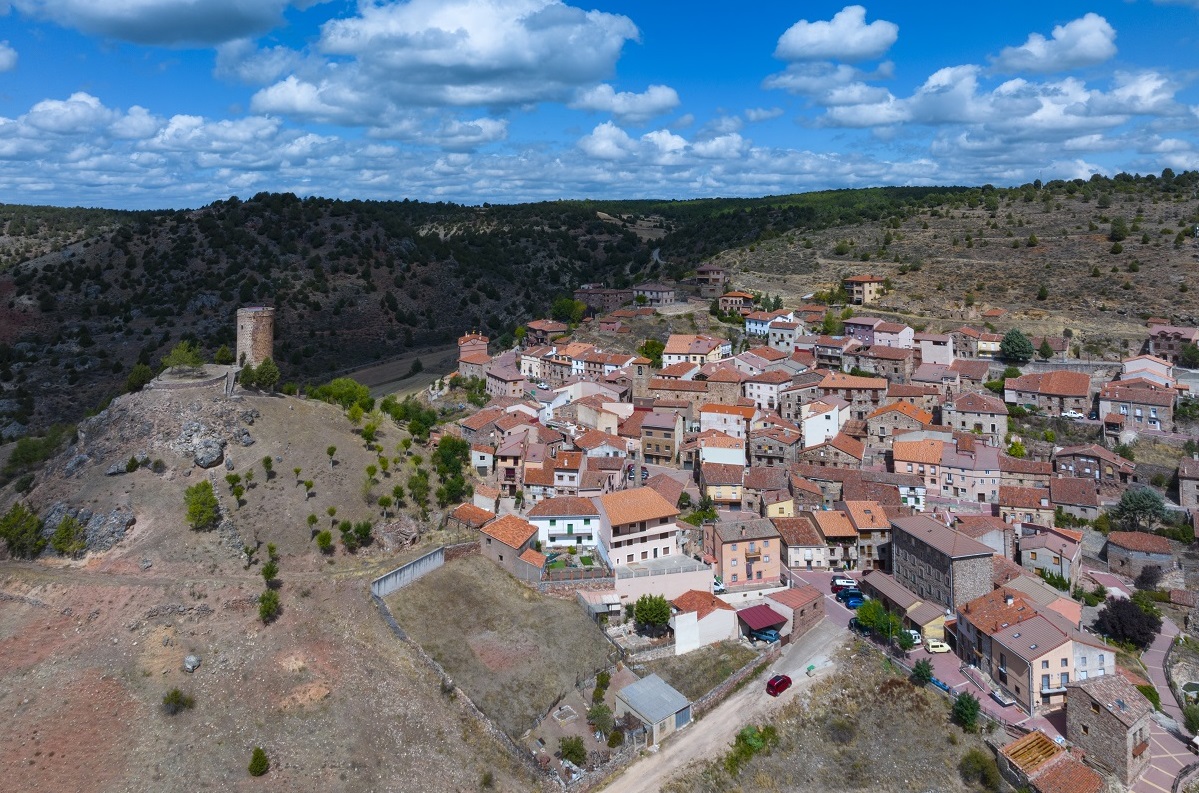Rewilding Spain has sent a letter to the Ecological Transition and Population Challenge Minister, Teresa Ribera, asking for the Spanish Government support for the Natural Restoration Law, to be discussed by EU’s Environmental Council next December 20th.

FOTO: JUAN CARLOS MUÑOZ
Next 20 December 2022 the Environment Council (EU Environmental Ministers meeting) will discuss the European Commission’s legal proposal for a Regulation on nature restoration (Nature Restoration Law). Rewilding Spain has sent a letter to the Ecological Transition and Population Challenge Minister, Teresa Ribera, asking the Spanish Government to support this new law. This way, Rewilding Spain joins the collective call that other environmental organizations have carried out throughout Europe.
The Nature Restoration Law proposal offers a key opportunity to bring nature back to Spain and Europe, benefiting biodiversity, climate and people. Previous discussions and outcomes in the context of the CBD COP15 negotiations are once again making clear that we need to tackle biodiversity decline and climate change together for the well-being of our society. In this context, nature restoration is an inherent part of the solution in the Global Biodiversity Framework (Target 2).
Nature restoration is our best insurance policy for climate adaptation through increased resilience to droughts, floods and other extreme weather events. Consequently, it also contributes to long-term food security.
Rewilding Spain’s letter emphasizes that natural restoration is one of the best investments our country can do, as this goal “is crucial, because it provides a framework for facing the particular effects of climate change, biodiversity loss and depopulation”.
Rewilding Spain fully supports the proposed Nature Restoration Regulation as a milestone to reverse the tide of biodiversity loss and climate change at the scale needed. In particular, we want to highlight here some key elements, which will allow the proposal to fulfil its potential:
- The legal proposal needs to include a strong overarching objective, to put in place effective and area-based restoration measures on at least 20% of the EU’s land and at least 20% of the EU’s sea area by 2030, to which all Member States contribute in a fair and accountable way. This will enhance the flexibility for Member States and ensure a level playing field where all countries can contribute equally.
- The relationship to the Common Fisheries Policy’s joint recommendations procedure needs to be clarified to avoid the marine restoration targets becoming unimplementable and empty in practice.
- To ensure effective implementation of the Regulation, the legal proposal should open the path to explore and establish dedicated funding for nature restoration pursuant to the mid-term review of the Multiannual Financial Framework.
- The timeline for putting restoration measures in place needs to be brought forward. It takes time for the benefits of nature restoration measures to materialise. So measures need to be implemented earlier to ensure their contribution to the EU’s 2050 climate neutrality target.
- Quantified and time-bound targets are needed for the restoration of rivers and their floodplains; 15% of river length (178,000 km across the EU) should be restored into free-flowing rivers by 2030.
- Given that biodiversity decline and climate impacts are strongly visible in agricultural landscapes, high-diversity landscape features should be put in place on at least 10% of the utilised agricultural area by 2030.
- Peatlands are key ecosystems for both biodiversity and climate. Therefore, their restoration targets should be expanded to all drained peatlands which should be fully rewetted.